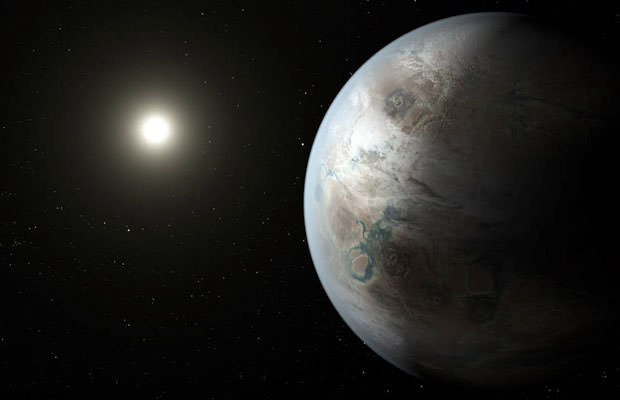The Era Of Interplanetary Colonization Is About To Begin

We’ve just recently seen Pluto 80 years after we’ve discovered its existence, and we were happy. Now, NASA is letting us know that there is another planet out there that might just sustain human life.
A New Home
‘Psyched’ doesn’t even begin to describe how many are probably feeling right now. This is mostly because the guys at NASA have finally discovered a planet that is as close to its star as we are to the Sun.
Kepler 452B, or Earth 2.0 as NASA nicknamed it, has a 60% bigger diameter than Earth and a lot more mass, which implies that gravity there should be around 2Gs.
Jon Jenkins, Kepler’s data analysis lead, said: “It’s awe-inspiring to consider that this planet has spent 6 billion years in the habitable zone of its star; longer than Earth.
That’s substantial opportunity for life to arise, should all the necessary ingredients and conditions for life exist on this planet.”
Clearer Vision Of The Future
A year on Earth 2.0 lasts for about 385 days, which isn’t a huge deviation when compared to Earth. The only problem lies in the fact that Kepler 452B is about 1400 light years away from us.
When you realize it took us 9 years to reach Pluto, which is at the edge of our solar system, you’ll start to understand how far we are from visiting Earth 2.0 in the near future.
Bottom line – this is the first time man has discovered a potentially inhabitable planet in the universe. Aside from its distance to us, it seems like most of the conditions for a human colony have been met. Here’s hoping this turns out great, even if our great-great-grandchildren are the first to visit Earth 2.0.












